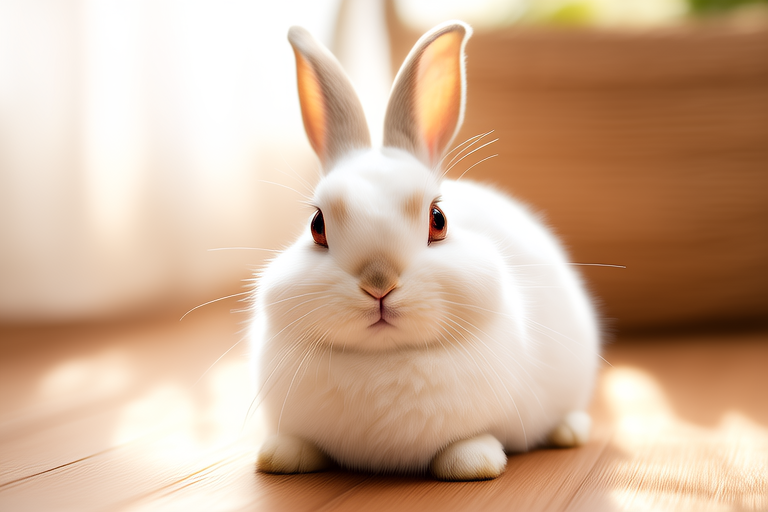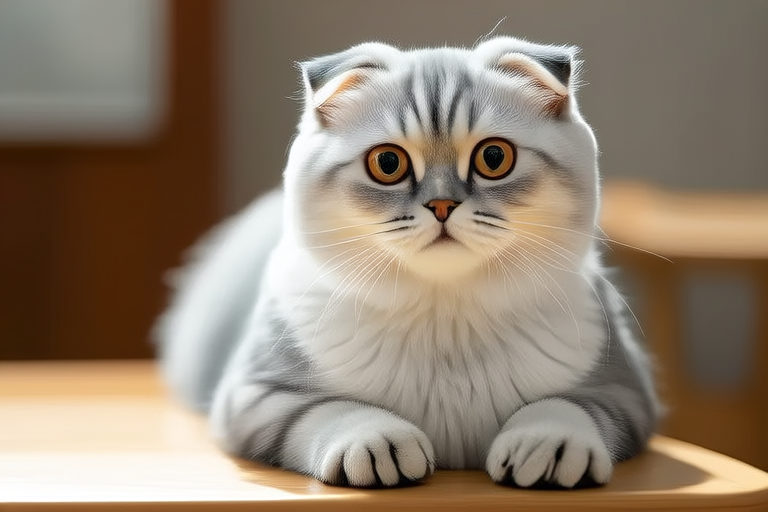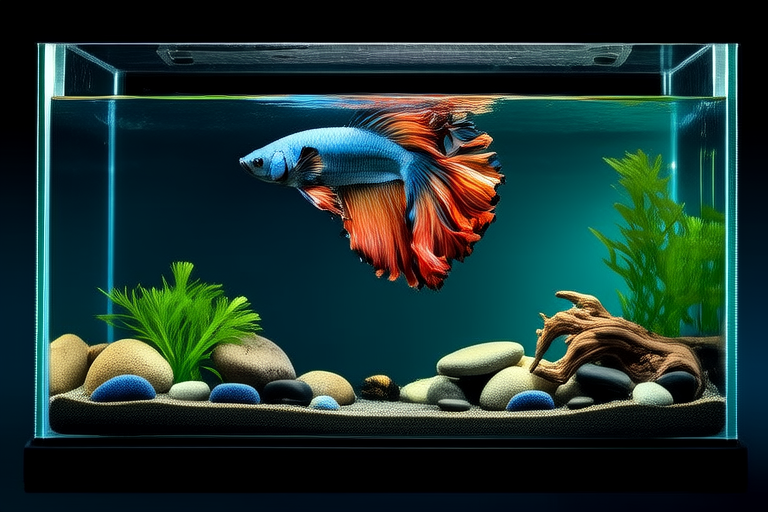
Everything You Need to Know Before Welcoming a Hotot Rabbit Home
Welcome to the wonderful world of Hotot rabbits! These charming and distinctive creatures are becoming increasingly popular among rabbit enthusiasts. Whether you’re a seasoned pet owner or considering your first furry friend, this guide will provide you with all the essential information to ensure that your new Hotot rabbit feels at home and thrives under your care.
Introduction to Hotot Rabbits
The Hotot is a rare breed of domestic rabbit known for its striking appearance. Originating from France, they were developed by Eugenie Bernhard during the early 20th century. The name ‘Hotot’ comes from the village where Eugenie lived, named La Hotot-en-Auge. Their most notable feature is their white fur with a black ring around each eye, giving them an almost mask-like look. This unique marking is what sets them apart from other rabbit breeds.
Physical Characteristics
Hotot rabbits typically weigh between 3.6 to 4.5 kg (8 to 10 lbs), making them medium-sized rabbits. They have a compact body structure with short ears and a round head. Their eyes are large and expressive, adding to their endearing charm. The fur is dense and glossy, which can be either silky or woolly depending on individual genetics. While primarily recognized for their black-ringed eyes, some variations may also display blue or red rings.
Temperament and Behavior
Hotots are generally friendly and docile animals, making them great companions. They tend to be curious and enjoy exploring their surroundings. However, like any rabbit, they require gentle handling and respect for their personal space. Early socialization is key to developing a trusting relationship with your Hotot. They can become quite attached to their owners but might also show preference towards certain individuals over others.
Dietary Needs
A balanced diet is crucial for maintaining optimal health in Hotot rabbits. Their main food source should consist of high-quality hay such as timothy or oat hay, which helps maintain digestive health and wear down teeth. Fresh vegetables and fruits should make up about 10% of their daily intake; however, introduce new foods gradually to avoid gastrointestinal upset. Pellets formulated specifically for rabbits should be provided sparingly due to their caloric density.
Housing Requirements
Proper housing ensures your Hotot has ample room to move around comfortably while staying safe from predators. An indoor cage measuring at least 2 x 1 meter (6 x 3 feet) is recommended for adult rabbits. Ensure there’s enough vertical space for hopping and climbing structures within the enclosure. Outdoor hutches must be secure against weather elements and potential threats. Provide bedding material like straw or shredded paper for comfort and warmth.
Grooming Tips
Grooming plays an important role in keeping your Hotot clean and healthy. Brush their coat regularly using soft bristle brushes to remove loose hairs and prevent matting. Pay special attention to areas around the face and paws where dirt tends to accumulate. Bathing should only be done when absolutely necessary since it strips natural oils from their skin. Trim nails every few weeks if needed, ensuring tools are sharp and sanitized beforehand.
Health Concerns Specific to the Breed
While generally robust, Hotot rabbits are prone to certain health issues common among small mammals. Common problems include dental disease caused by improper diet leading to overgrown teeth, respiratory infections due to poor ventilation, and gastrointestinal stasis resulting from insufficient fiber intake. Regular veterinary checkups help catch these conditions early before they escalate into more serious complications.
Exercise Needs
Rabbits need plenty of opportunities to stretch their legs and engage in physical activity. In addition to providing adequate living space inside the cage, allow supervised time outside each day for free play. Create obstacle courses using tunnels, ramps, and boxes to stimulate mental engagement alongside physical exertion. Always supervise interactions between multiple pets to prevent conflicts.
Training Methods
Hotot rabbits can learn simple commands through positive reinforcement techniques. Use treats as rewards for desired behaviors like coming when called or sitting still during grooming sessions. Consistency is key in establishing routines and boundaries. Avoid harsh punishments, instead focusing on redirecting unwanted actions toward acceptable alternatives.
Cost of Ownership Including Initial Setup and Ongoing Expenses
Adopting a Hotot rabbit involves several upfront costs including purchasing supplies and possibly medical care. Expect to spend approximately $50-$100 for basic items such as food dishes, water bottle, litter box, and toys. Initial veterinary visits might add another $200-$300 depending on location and services rendered. Monthly maintenance costs range from $30-$70 covering food, bedding, and occasional treats.
Compatibility With Children and Other Pets
Hotot rabbits can coexist peacefully with children given proper supervision and education regarding appropriate handling practices. Introducing them slowly to household pets reduces chances of territorial disputes. Monitor interactions closely until trust develops fully between all parties involved.
Adoption or Purchase Process
Consider adopting from reputable shelters or breeders rather than buying online. Research thoroughly to find ethical sources committed to animal welfare standards. When meeting potential candidates, observe how they interact with humans and assess overall health status. Ask questions about lineage, vaccination records, and any existing medical conditions.
Advice For New Owners Preparing Their Home
To prepare your home for a new Hotot rabbit, designate a quiet area away from high traffic zones where they feel secure. Cover electrical cords and hazardous objects to minimize accidental injuries. Familiarize yourself with local laws governing small livestock before bringing one into your residence. Lastly, take time to bond with your pet gradually building mutual affection.



